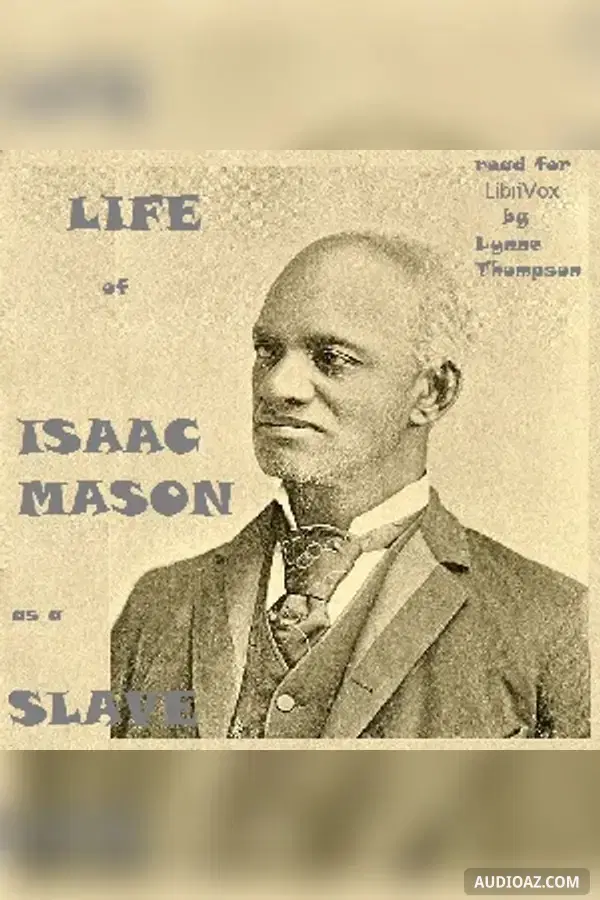
The Chandogya Upanishad - Sách nói Miễn phí
Tác giả: Unknown
Ngôn ngữ: English
Thể loại: Cổ xưaCổ đại châu ÁPhi hư cấuTriết học
1 / 8First Prapathaka
- 1. First Prapathaka
- 2. Second Prapathaka
- 3. Third Prapathaka
- 4. Fourth Prapathaka
- 5. Fifth Prapathaka
- 6. Sixth Prapathaka
- 7. Seventh Prapathaka
- 8. Eighth Prapathaka
Giới thiệu
The word Upanishad (upa-ni-shad) consists of, "Upa" means "near;" "ni" means "down;" "shad" means "to sit." Thus, Upanishad is to sit down near the teacher to discuss, learn, practice, and experience. There are some 200 or more Upanishads. Some are lost and are only known about because of being referenced in other Upanishads.
The Chandogya-upanishad belongs to the Sama-veda. It ranks among the oldest Upanishads, dating to the Brahmana period of Vedic Sanskrit (before the 8th century BC). It figures as number 9 in the Muktika canon of 108 Upanishads. It is part of the Chandogya Brahmana, which has ten Prapathakas (Parts). The first two Prapathakas of the Brahmana deal with sacrifices and other forms of worship. The other eight Prapathakas and their Khandas (Chapters) constitute the Chandogya Upanishad.
The 11 principal Upanishads to which Sankara appeals in his great commentary on the Vedanta-Surtras are: Chandogya, Talavakara or Kena, Aitareya, Kaushitaki, Vajasaneyi or Isha, Katha, Mundaka, Taittirtiyaka or Taittiriya, Brihadaranyaka, Svetasvatara, and Prasna. They are also called the 11 classical Upanishads or the fundamental Upanishads of the Vedanta Philosophy.
The Upanishadic literature is not a religious scripture and is free from dogma and doctrines. It is not a part of any religion but is a philosophy for all times and for all. German philosopher Arthur Schopenhauer, impressed by the Upanishads, called the texts "the production of the highest human wisdom". (Summary by Jothi)
Bình luận
Hãy là người đầu tiên bình luận
Chưa có bình luận nào về nội dung này. Hãy bắt đầu cuộc trò chuyện!
Khám phá thêm
Thẻ: The Chandogya Upanishad audio, The Chandogya Upanishad - Unknown audio, Cổ xưa audio, Cổ đại châu Á audio, Phi hư cấu audio, Triết học audio, free audiobook, free audio book, audioaz






